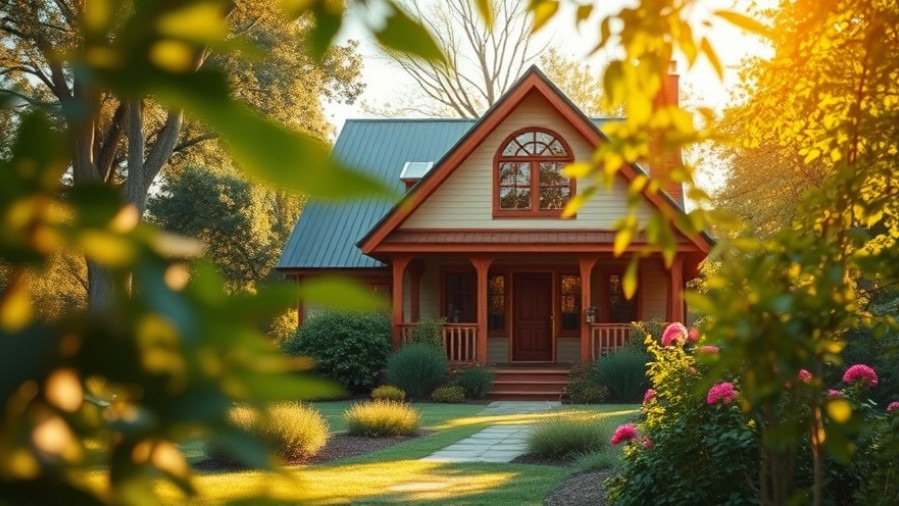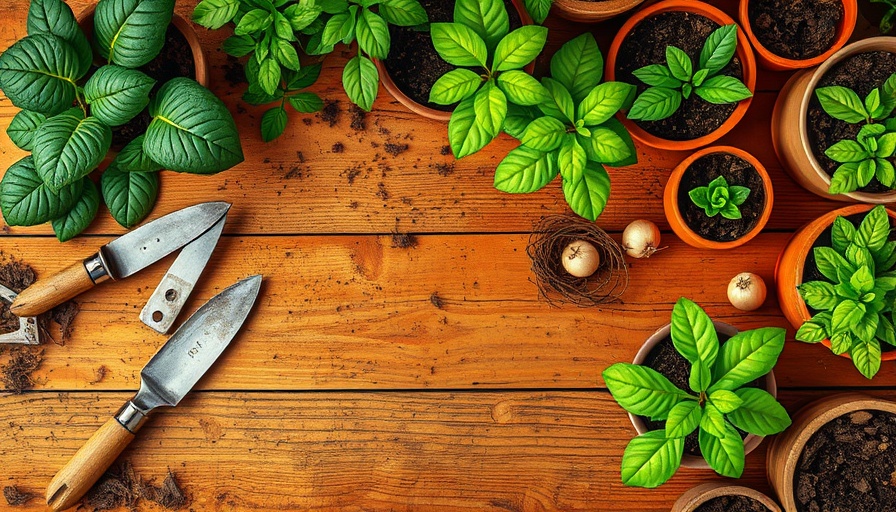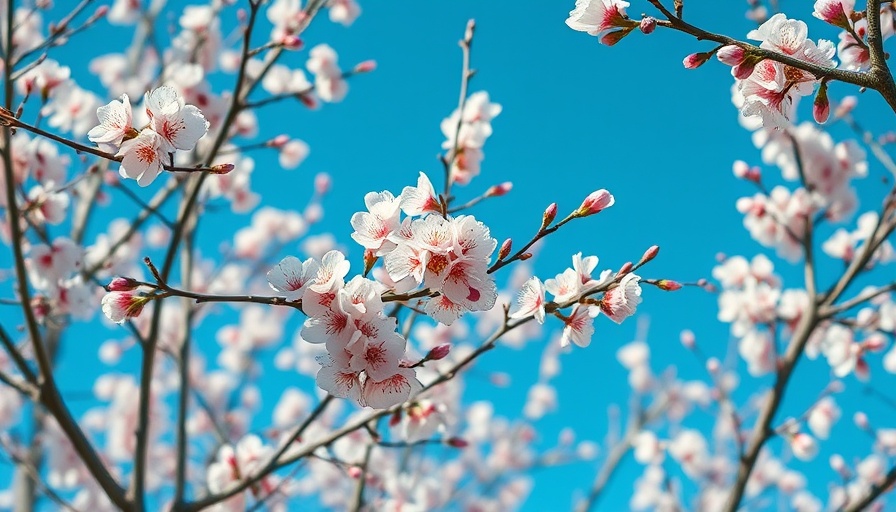
Uncovering the Beauty of Shade Gardening with Natalie the Plant Ninja
Recently, I had the pleasure of hosting Natalie McAnarney, known as "The Plant Ninja," in my garden for her YouTube series focused on Texas gardening. While Natalie is renowned for her expertise in full-sun gardening, our meeting under the expansive canopy of live oaks offered a unique opportunity to explore the enriching world of shade gardening. As more eco-conscious homeowners seek to create sustainable gardens, understanding diverse gardening styles is essential.
Experience the Joy of Shade Gardening
Shade gardening is not merely about working in less light; it's about creating a lush, vibrant environment that thrives under the protection of trees. Many homeowners mistakenly believe that the absence of direct sunlight limits creativity, but as I shared with Natalie, shade can be a canvas for exquisite plant varieties. For instance, the adaptability of plants like the 'Bright Edge' yucca and spineless prickly pear highlight how ecosystems can flourish even in partial shade.
From Live Oaks to Butterflies: Making Nature Your Palette
It's amazing how nature provides a diverse palette for garden enthusiasts. Living under the canopy of my beloved black-trunked live oaks deeply influences the choices we make in planting. During our filming, Natalie captured stunning aerial footage of the garden, showcasing the sunburst stone path that winds around our stock-tank planter. This view from above emphasized not just the beauty of the plants but also the harmony of their placement within the landscape.
As the season shifts toward fall, blooming plants like Philippine violet and butterfly vine are a reminder of nature's enduring beauty. Butterfly vine, in particular, offers delightful surprises—its vivid flowers transform into charming butterfly-shaped seedpods that catch the eye of every passerby.
Eco-Friendly Lessons from Natalie’s Journey
One of the standout aspects of Natalie's work is her commitment to sharing eco-friendly gardening practices. Her approach aligns with sustainable home design principles that encourage low-impact living and supports the health of the ecosystem. For example, by promoting composting and water conservation, she highlights essential practices that homeowners can implement to reduce waste and enhance their gardens' productivity.
The Future of Gardening: Creating Resilient Spaces
As we move towards increasingly eco-conscious lifestyles, the traditional landscape is changing. Developers and homeowners are recognizing the need for gardens that not only look stunning but also contribute positively to the environment. The insights gained from our time together can inspire aspiring gardeners to embrace diversity in their plant choices, which ultimately leads to greater biodiversity.
Why Shade Gardening Matters
In our rapidly changing climate, understanding the importance of shade gardening is paramount. Opting for eco-friendly plants can enhance energy efficiency in homes by lowering ambient temperatures. Choosing the right plants may even allow homeowners to reduce their reliance on air conditioning—a win for both the planet and the wallet.
Join Our Eco-Friendly Gardening Journey
The conversation on sustainable gardening doesn't stop here. Through my upcoming book, Gardens of Texas: Visions of Resilience from the Lone Star State, I aim to inspire readers with stories of resilience. This journey is a celebration of what it means to nurture nature while also enjoying its beauty. Join me on this path and elevate your gardening experience!
For those interested in enhancing their gardens and lives, consider attending the various talks I'm leading across Texas, like the one on November 6 focused on garden design and ecology. These events provide practical insights into creating sustainable spaces filled with rich biodiversity!
Making Every Garden Count
Whether you’re new to gardening or a seasoned green thumb, exploring shade gardening as part of your eco-friendly approach to home and garden design can yield delightful surprises. Let’s foster vibrant, resilient gardens together, ensuring we create spaces that benefit both our families and the planet.
Ready to bring your garden to life or learn more about sustainable practices? I invite you to get involved—whether through local events, community gardening, or simply sharing your own tips. Together, we can cultivate a greener future.
 Add Row
Add Row  Add
Add 




Write A Comment